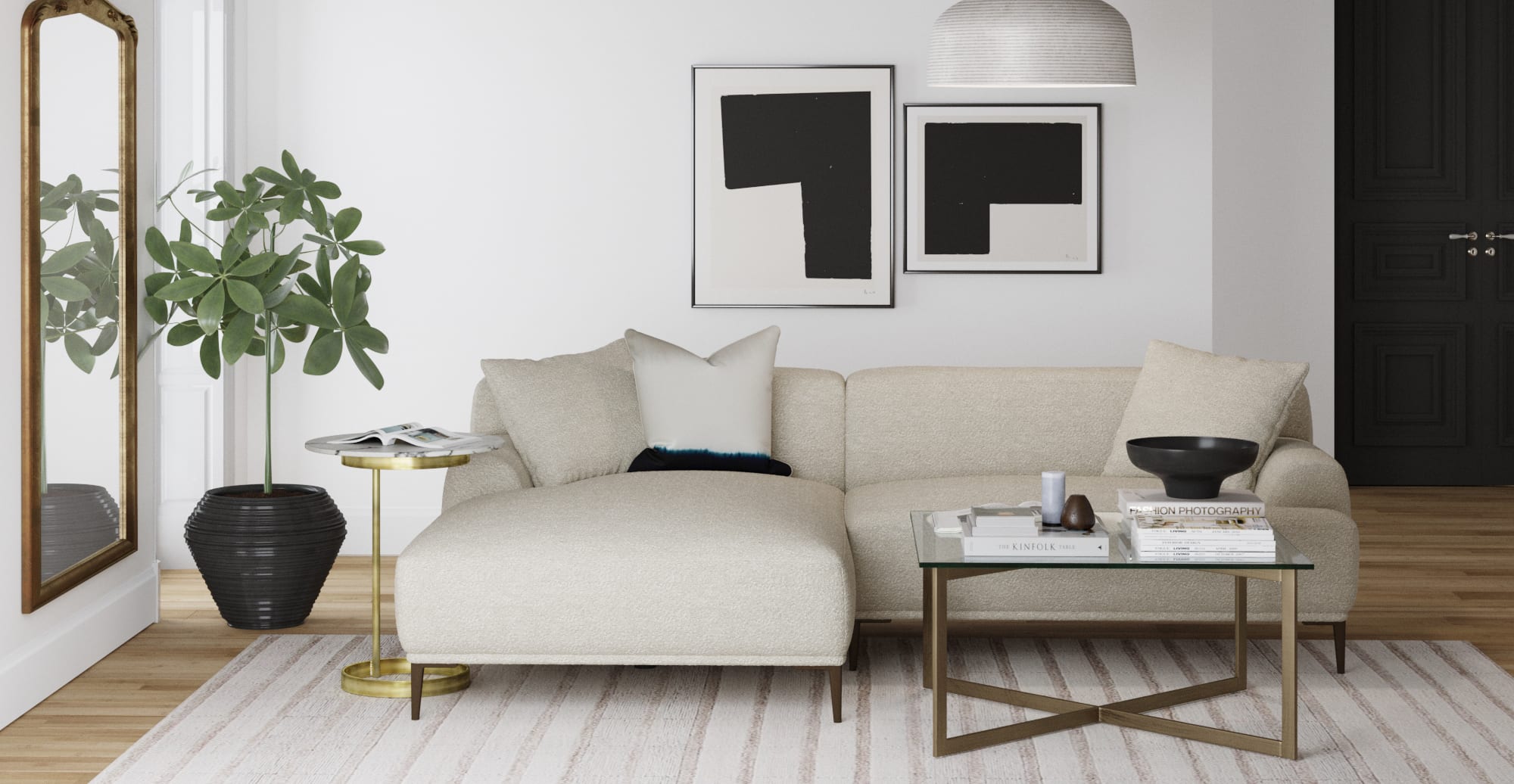
Perfect frame for your new work of art?
Art is meant to be enjoyed, so it's no surprise that framing—along with lighting, curation, and wall coloring—is a central issue for a work's presentation. But while institutions and galleries have the professional knowledge and resources to confidently navigate the framing process, for collectors it can be overwhelming: the ideal frame must protect the object while simultaneously creating a visual symphony with the work itself, while also fits the collector's budget. And, like any aesthetic industry, the framework has evolved over the decades and changed form in response to different trends and needs.Below are five tips to keep in mind the next time you need to frame a work of art.

Find a professional who knows the material
Rule number one: identify the artwork. It is important to find a person who knows the monetary and intellectual value of the work, as well as the technique. That means you'll probably need to use several different frames, depending on what kind of works are in your collection: Framing fragile Louise Bourgeois ink on paper from the 1950s will require a different approach than doing the same for a recent MFA digital print.
Think of the artwork's long-term relationship to the frame...
In addition to providing an aesthetic accent, framing protects the piece. Protection against UV lights and the sun, dust, physical contact and other external damage is, in fact, the main objective of any experienced professional. It is essential to look for a specialist who offers conservation framework. The conservation framework not only protects the art, it also ensures that the treatment is safely reversible – we have to protect the art from external effects as much as from itself.
This includes mounting the work on a surface without damaging its back and corners. An experienced professional will be able to make recommendations and explain the differences between these different methods, so don't be afraid to ask. The virtually invisible anti-glare coating is a top choice for museums and high-end collectors. Although it may be more expensive, conscious framing will help ensure a damage-free lifespan for a work in the future, thus being a way to ensure that it does not decrease in value.

reversible options
Collectors should make sure they opt for reversible framing. This allows the art to have a “facelift” in the future! Spaces are constantly being redecorated, as framing trends change, sometimes it is necessary to change to a new frame. It is important to be proactive when ordering reversible options, as this ensures that a work is not damaged in the process. This means that it is crucial to work with professionals who are comfortable dealing with all elements, as there are quite challenging cases. For example, several framings of a job can result in a damaged back, which requires precise care. And when it comes to re-stretching the canvases, an important but crucial detail is to do it with the existing holes instead of drilling new ones.
Choose color and material
Whether it's organic wood tones like maple, walnut and cherry, the timeless black or white sure arms or more experimental pastels, the color options are more plentiful than ever. And there are also countless decisions to be made in the area of materials. Today, many manufacturers are committing to more sustainable materials and using wood that meets approved ethical sourcing standards. Metal frames also exist, and chrome is gaining more popularity as a nostalgic nod to the 1980s. While all of these choices may seem daunting at first, a good professional will be eager to guide collectors to the options that work best for them. the work of art, complementing it rather than overshadowing it. Don't forget, that art should not become an interior design element, so the frames should respect the piece and almost disappear.

Talk to a professional
Contemporary art comes in many shapes, materials and sizes, which can require some innovative thinking for framing. Reframing a poorly handled or damaged work of art can require the precision of a surgeon. Artists are constantly expanding the scale in the materials they work with, which leads to many challenges. Of course, more difficult framing jobs and the experience to do them won't be the cheapest option. Even for simpler jobs, the cost pays off in the long run. For example, a movie poster that cost €15 can become a collector's item in a few decades. As with many things, it's a plus to choose the right frame so that your work of art will be valued in the future.

